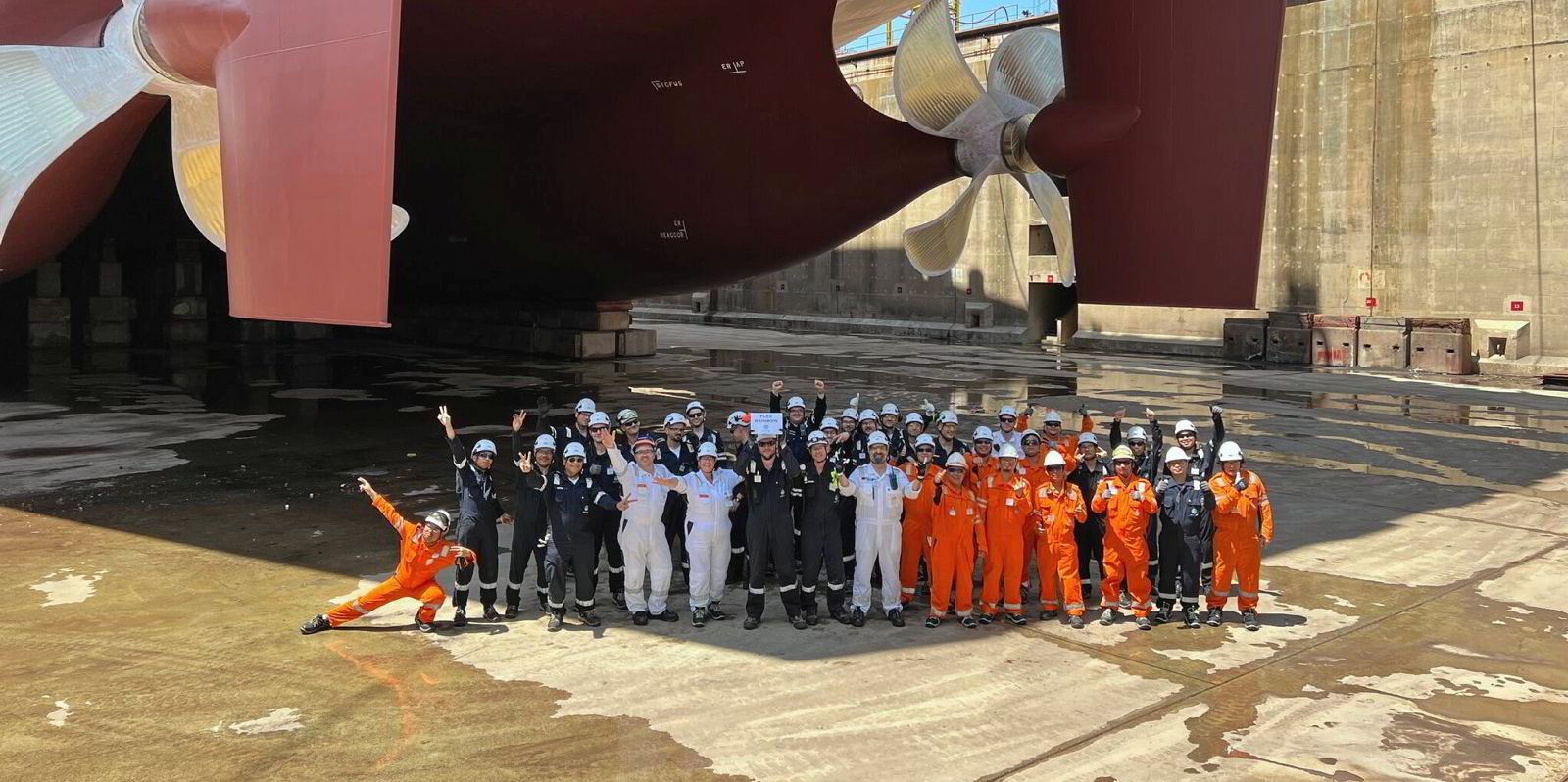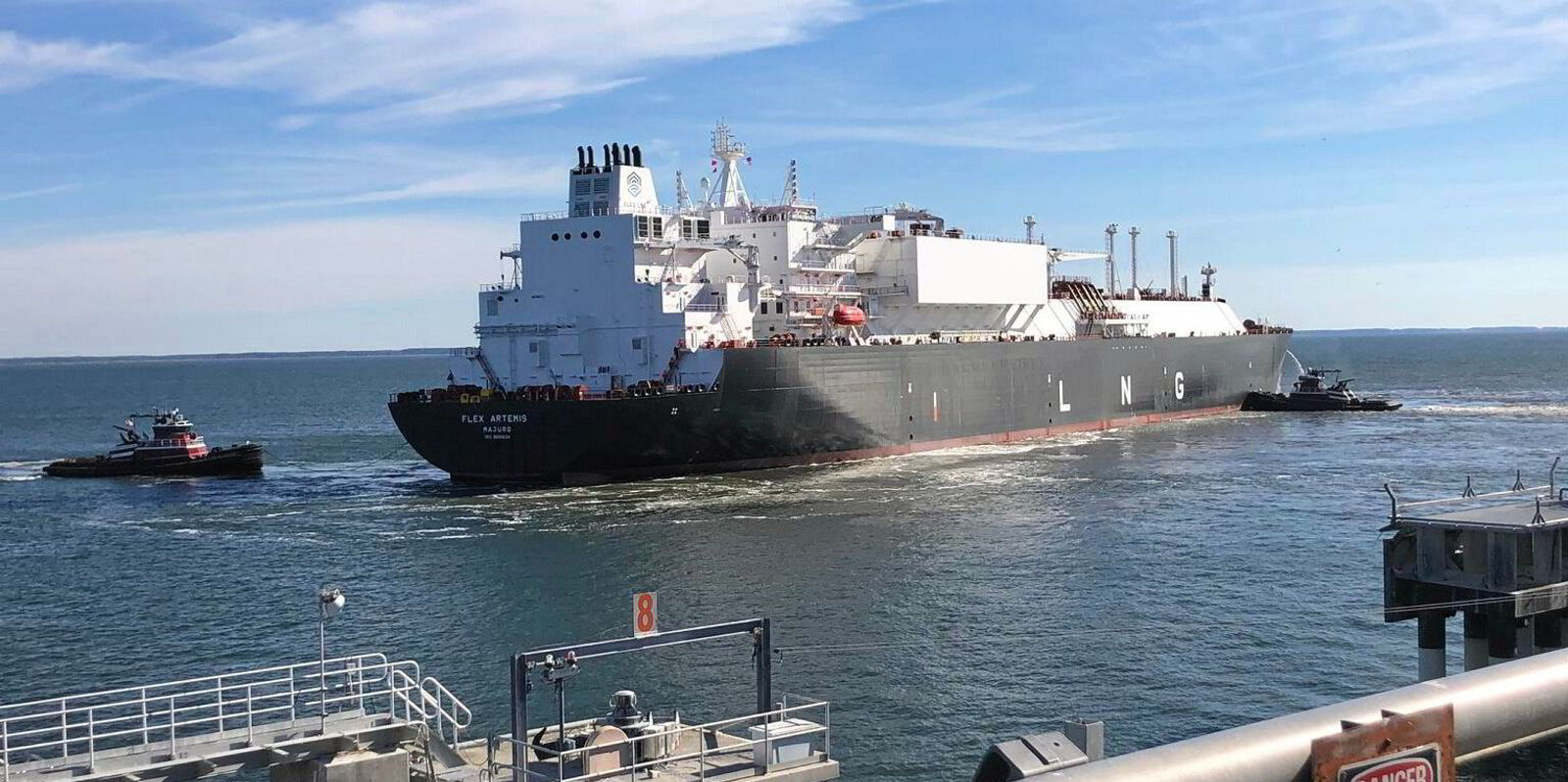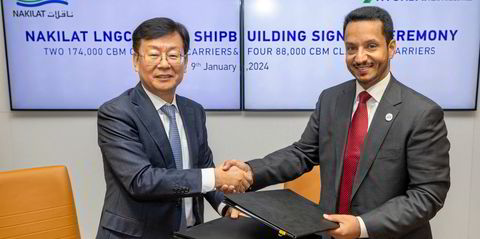A first round of scheduled five-yearly dry-dockings for Flex LNG held down first half figures for John Fredriksen’s Flex LNG but the company is forecasting strong returns in the second six months of 2023.
The company put three ships, the 174,000-cbm Flex Ranger, Flex Rainbow and 173,400-cbm Flex Endeavour (all built 2018), through dry-dockings during the second quarter of 2023, with the 173,400-cbm Flex Enterprise (built 2018) going into dry-dock during the first three months of this year.
It has two dry-dockings to undertake in 2024, four in 2025 and three in 2026.
Flex’s income for the first six months of 2023 almost halved to $55.6m from $100m in the first half of 2022.
But operating income for the six months rose to $103.2m from $86.8m in the same period of 2022.
The company said this was due to a higher proportion of its fleet being on improved longer term, fixed rate contracts alongside a stronger spot market for one vessel than that seen in early 2022.
Second quarter net income slipped back slightly to $39m from $44.1m in the corresponding three months of the previous year.
Quarterly operating income was almost static, down a smidge at $48.2m from $48.5m in the second quarter of 2022.
Chief executive Oystein Kalleklev highlighted the company’s second quarter vessel operating revenues of $86.7m which were up $2.5m on the $84.2m logged in the same period last year, despite the three off-hire ships during the period.
He said the increase in revenues is driven by re-pricing of its portfolio of time charters during the last year.
Flex said the second quarter average time charter equivalent rate on its fleet was $77,218 per day compared to $71,000 per day in the same period of last year.
Kalleklev said all four dry-docking were carried out on time and budget and the ships are back in operation.
“In the second half of the year we expect our revenues to grow as we will have all thirteen ships on water and will benefit from a stronger spot market which should boost the earnings from the variable hire time charter for Flex Artemis,” he said.
During August Flex said US LNG producer Cheniere Energy declared its first option period for 174,000-cbm Flex Vigilant (built 2021), which extended the firm charter period on the vessel by additional 200 days into the second quarter of 2031.
Kalleklev also highlighted that during the second quarter the company benefited from hedging a large portion of its floating interest rate risk through swaps of in aggregate $820m. He said this resulted in gains of $17m for the quarter.
Flex LNG said its fleet has zero open available days in 2023 and 95% contract coverage in 2024, depending on charterers’ decisions over options.
Its next open vessel is in the second quarter of 2024 at the earliest.
The company has one LNG carrier on variable time charter and a time-charter backlog comprising a minimum of 54 years in total with the potential for this to be increased to 80 years depending on optional periods being declared by charterers.
Kalleklev reiterated February third quarter revenue guidance of $90m to 95m with $90m to 100m for the last three months of this year and $370m for 2023.
Flex declared an ordinary quarterly dividend of $0.75 per share for the quarter.







